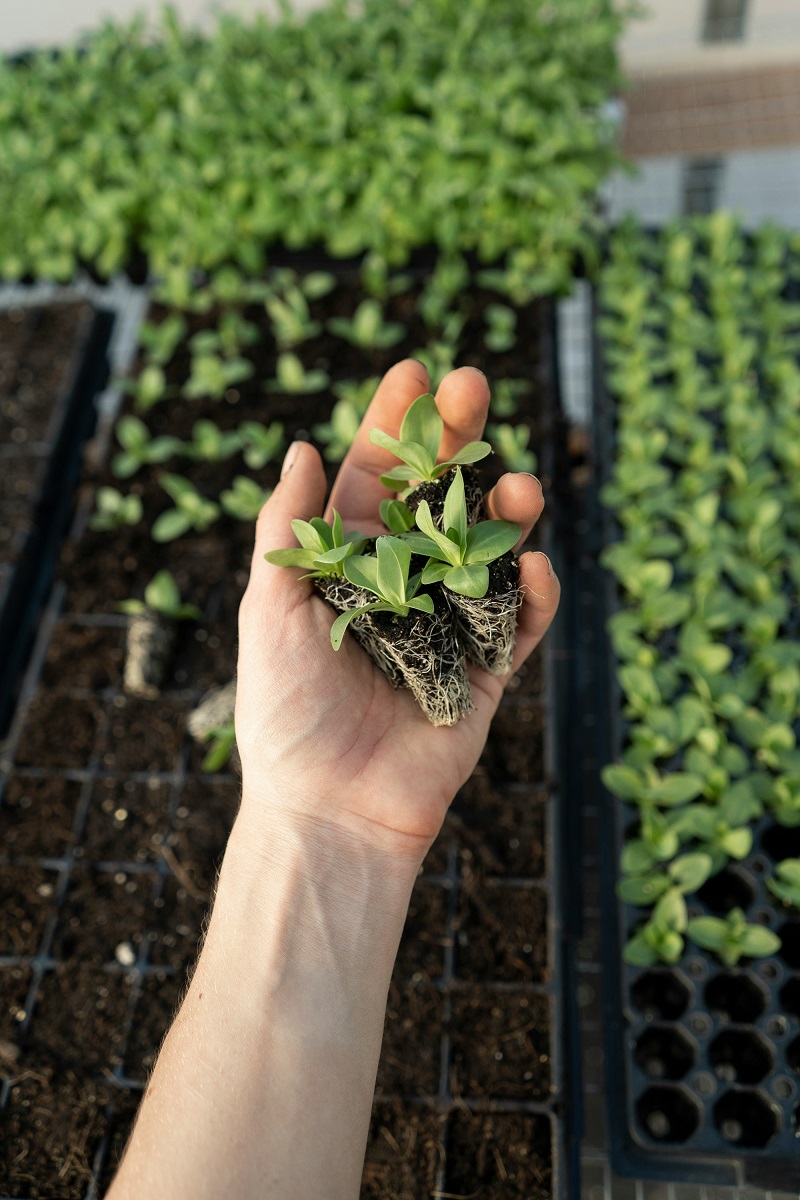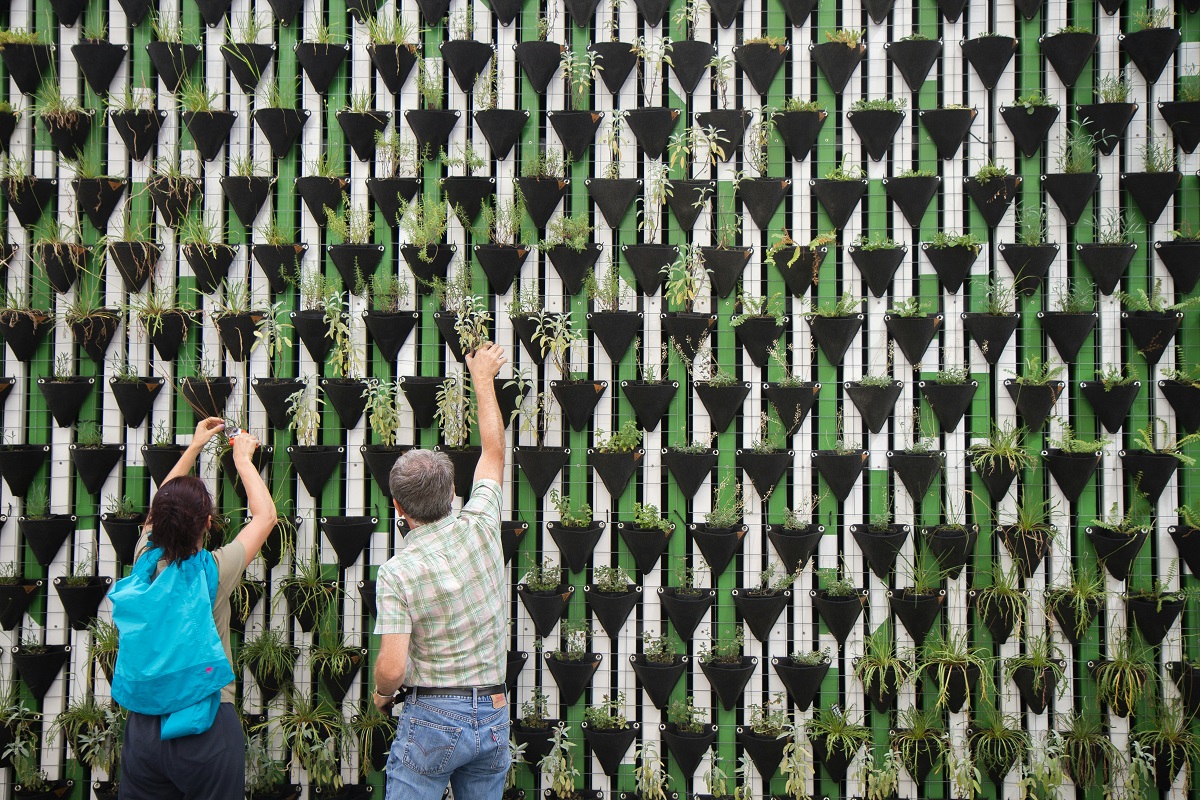
How Succession Planting Upgrades Your Garden
Did you know that succession planting ensures your garden has something ready to harvest almost all the time? By planting different crops one after another, you can strengthen the soil and cultivate bountiful harvests from spring to autumn. Plotting plant growth allows for continuous harvests of fresh fruits, herbs, and vegetables throughout each growing season.
Read on to learn more about succession planting and where the technique fits into your garden. You may be surprised at how much more bountiful and beautiful your garden can be through the practice of a new gardening strategy.
The Positive Benefits of Succession Planting
Succession planting is a powerful gardening technique that enables a productive garden from the beginning of spring to the end of autumn. This means you’ll always have something to harvest and enjoy.
Other positive benefits include:
The benefit of a consistent harvest is number one. When you plant crops in succession, you grow a steady supply of fresh produce and herbs throughout each growing season. The more constant and consistent the cultivation, the more abundant the harvests, and the more productive and fertile your garden will remain.
Succession planting allows you to control your garden’s layout. Plot a course of success with crop rotations. No space remains vacant. To optimize space, it helps to separate your growing areas with garden beds and trellises.
Usually, gardeners choose one growing season and stick to it, but succession planting allows you to grow throughout spring, summer, and autumn. Extending your growing seasons means pushing your garden to its fullest potential to keep fresh veggies and fruits on your table for longer.
Who knew that succession planting could ultimately save you money? Being capable of growing your own produce means fewer trips to the supermarket, so you are doling out less cash for mass-produced food and reducing waste at the same time. It’s a win-win for your bank account and the environment.
Managing Garden Pests in Eco-Friendly Ways
Every bug is beneficial to something, somewhere, in some way, but not every bug is advantageous to your garden. Luckily, there are eco-friendly ways to manage pesky pests that threaten your garden, and it begins with succession planting.
Bug colonies can take months to grow and disrupt the flow of your garden. Crop rotation can deter pests’ life cycles, causing the remainder to die out or move away to more inviting conditions. Herbs like mint, basil, and rosemary, and flowers like marigolds are naturally resistant and repellant to pests, making them the perfect “friends” for your garden crops.
Tandem Growth with Companion and Succession Planting
Companion planting is a nifty trick in which gardeners use one plant to protect and encourage another. The plants share nutrients and grow simultaneously to strengthen and improve each other. Combining companion and succession planting leads to higher success rates and more bountiful yearly yields for gardeners.
- When you harvest one crop, it’s crucial to immediately replace it with another crop of the same caliber. This encourages more robust production and fertility from one growing season to another.
- Some crops have natural nutrients that enhance the soil as they soak up the nutritional elements of the dirt. Legumes, for instance, prep the soil for new crops, making them excellent companion plants for succession planters.
- Certain plants repel pests, while others attract beneficial insects, like bees, butterflies, and other pollinators.
- In gardens, climates are known as microclimates because they are contained. Each plant in a microclimate promotes strength and virility in the other. For instance, taller plants can protect shorter plants from inclement weather, like excessive rain or sunshine.
- Every plant has different nutritional needs. In simultaneous companion and succession planting, crops with deep roots can nourish crops with shallow roots because they bring more nutrients up from the soil.
A sense of accomplishment and peace of mind comes from a harmonious garden where you can implement both succession and companion planting. When it works, it feels like you’ve hit the jackpot of gardening, like nature’s cheat code.
Keep Records for Different Seasons and Climates
Keeping records is invaluable for helping you adapt to changing conditions and continuously improving your gardening practice. Record-keeping is especially useful when dealing with different seasons and climates when planting succession crops. Here are a few tips for keeping the best records to improve your succession garden.
1) Record planting dates and sketch your garden to track which crops go where. Include information about plant spacing and companion plants, and track growth changes or commentary to help yourself on your succession gardening journey.
2) Log the weather and climate changes. Search for weather patterns in your region, then watch how each climate affects your plants.
3) Perform regular soil tests in your garden and record the results. How does the pH balance affect the growth of your crops? What amendments will you make to the nutrients in the soil for better growth in your garden?
4) Record the yield from each crop per growing season. This helps to identify which varieties of crops perform best in different conditions.
5) Review your records at the end of each growing season to track what worked well and what failed. Adjust accordingly for next season, and then try again!
Succession planting, like any gardening technique, is trial and error. You must be meticulous and attentive to your garden to discover what works best for continuous harvest and what you could do differently or better next time. Don’t feel discouraged—every gardener has to work for their green thumb!
Reaping the Benefits and Achieving a Bountiful Yield
Succession gardening is a way to ensure a bountiful harvest of your favorite fruits, herbs, and vegetables, but what do you do with extras? You could gift them to family, friends, and loved ones. Or learn how to preserve your bounty! Stoney Creek Farm hosts Canning 101 classes on June 1 and July 13. All supplies and instructions are included to learn how to can and stow away food for the winter.


